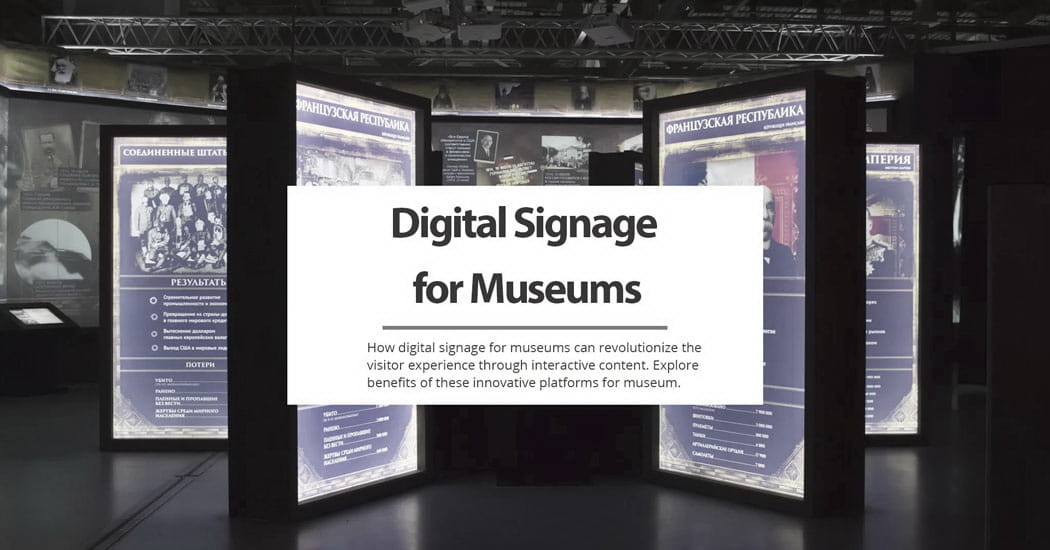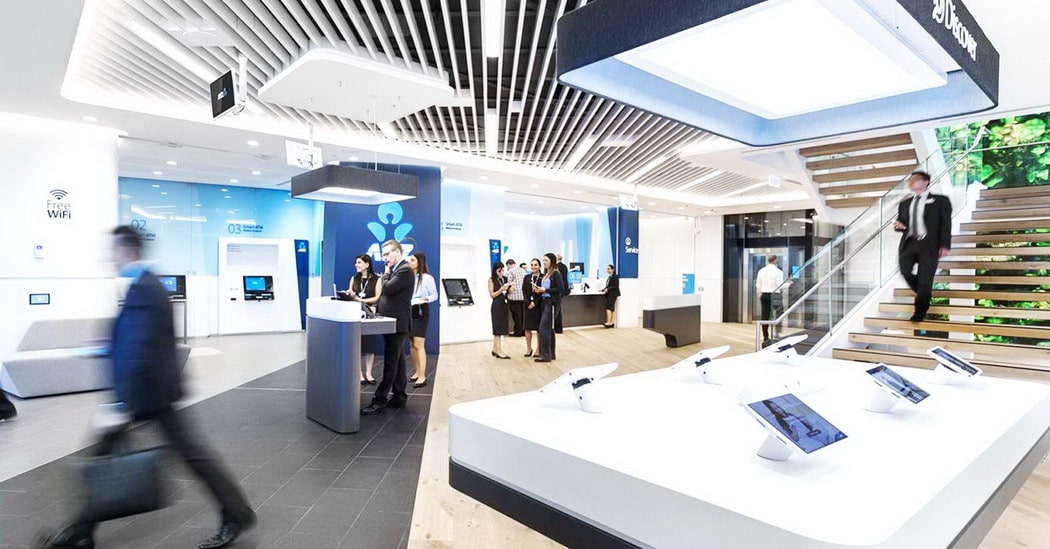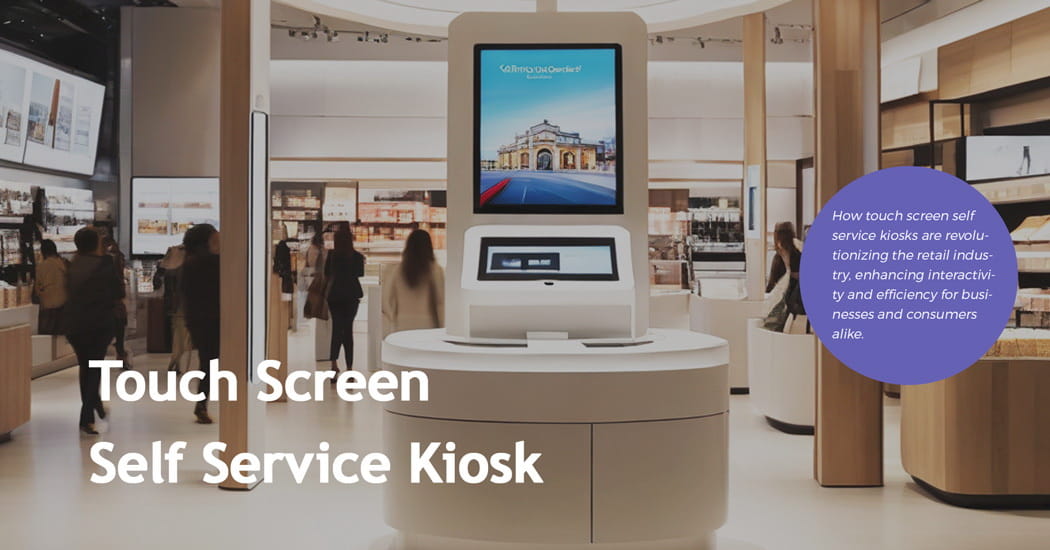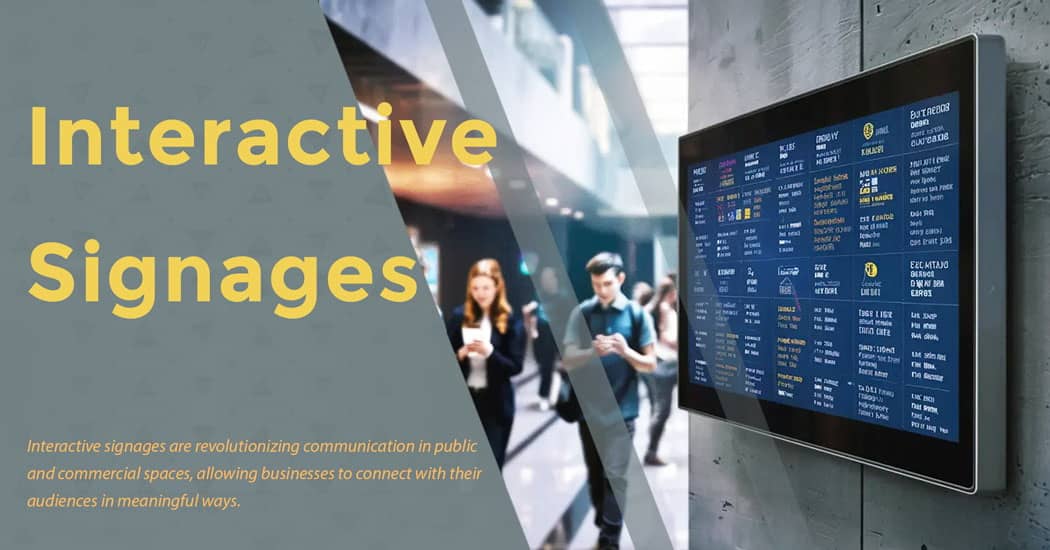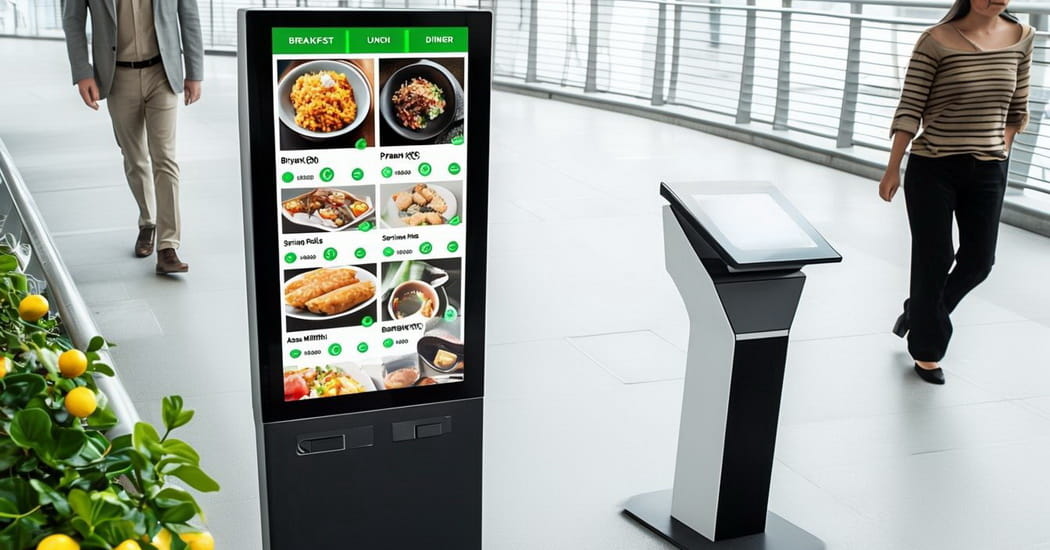
Transform Visitor Experiences with Digital Signage for Museums
This article explores the transformative power of digital signage for museums. Readers will learn how these innovative solutions can enhance visitor engagement, streamline communication, and improve overall experiences within museum spaces.
Digital signage for museums is revolutionizing the way institutions engage with their visitors. By integrating advanced technology such as interactive displays and multimedia content, museums can create captivating experiences that draw guests in. These innovative solutions not only enhance storytelling but also streamline communication across various exhibits. With digital signage, museums can transform traditional visits into dynamic explorations that resonate with audiences of all ages.
Museums’ most innovative and versatile platforms digital signage software goes hand-in-hand with modern touchscreen platforms, so you can easily use your existing digitized media and content, and let your in-house creative department design, create, deploy, and measure all digital experiences.
Why Digital signage for museums is so popular?
Digital signage technology allows museums to create immersive experiences that put you directly into the heart of an exhibition. Because of digital signage technology, museums can tell stories in ways that have never been possible.
They face the challenge of getting people interested and keeping them engaged when they are onsite. Museums, cultural centers, and art galleries are using digital signage to provide a more modern, engaging, and entertaining viewing experience.
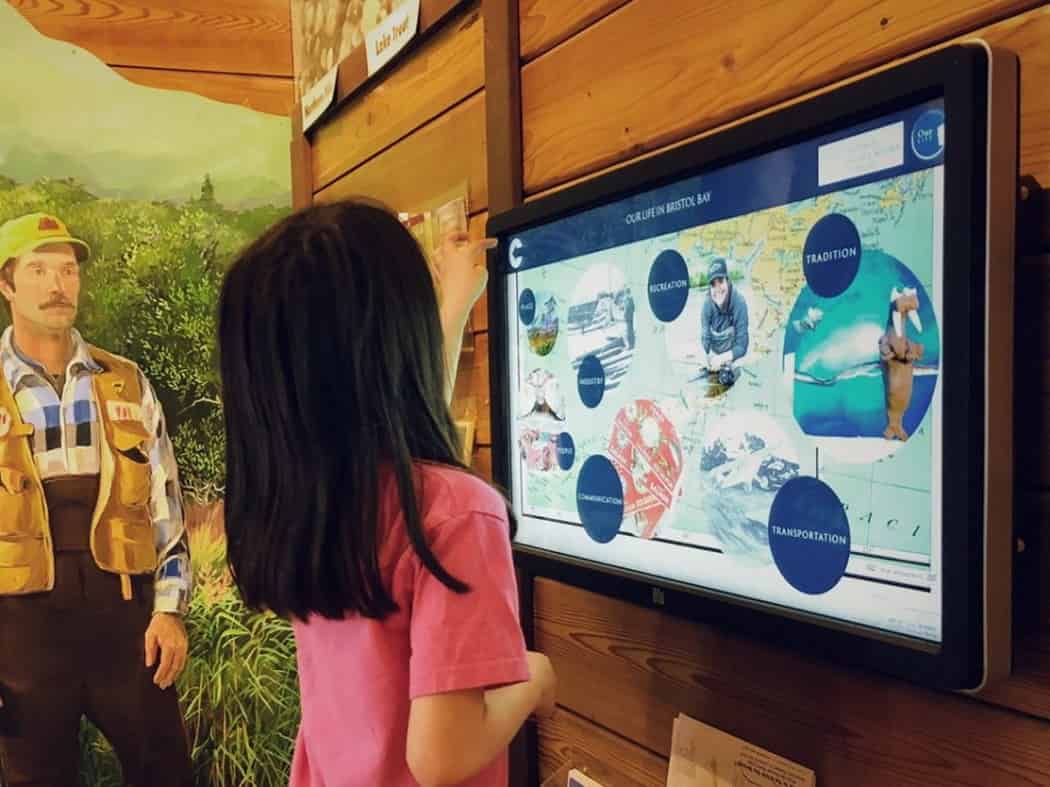
Use case of digital signage for museums
1. Welcome messaging
Popular museums receive hundreds, sometimes thousands, of visitors every day. Admission can be a tricky process to manage with long queues consisting of individuals as well as large groups, not to mention often a variety of different languages spoken.
Digital signage for museums brings order to what can be a chaotic process. Welcome messaging displayed on the screen is an effective way to communicate information like admission pricing and opening hours. There is no better time to promote particular exhibitions than when visitors are waiting in line. Notably, screens can display content in multiple languages which is essential when it comes to notices about health and safety or even the location of the toilets!
2. Exhibition video and images
Digital signage for museums can be the perfect companion to an exhibition. Often the most effective exhibitions are those that combine many mediums to educate about a subject.

Today, video is without a doubt our favorite way to consume content. Implementing screens or even video walls is therefore an engaging way to support a museum display. Young visitors in particular would much rather watch a short video on a subject than read a wall of information. A slideshow of images, even animation, is preferable to static posters that are limited by space.
3. Visitor engagement
Visitor engagement is a key priority for museums, galleries, and other cultural institutions. To provide an engaging experience for visitors, many of these organizations are now turning to interactive museum exhibits, wayfinding for galleries, and Digital signage for museums touchscreen kiosks.
Interactive museum exhibits can be used in a variety of ways – from providing information about the history or culture associated with the exhibit to creating immersive experiences that allow visitors to interact directly with the artwork on display.
Wayfinding systems help guide visitors around large buildings such as museums or galleries by displaying maps and directions throughout the building. Digital signage provides another layer of information that can be tailored specifically toward each visitor’s interests while also helping them find their way within a space quickly and easily.

Touchscreen kiosks offer even more detailed interactions allowing users to access multimedia content related to specific pieces on display or learn more about particular artists featured in an exhibition.
4. Digital Wayfinding
It’s easy to get lost in massive museums with multiple floors and countless exhibits.
Digital wayfinding is an excellent tool museums use to help visitors find their way around. Visitors can see where they are currently located, and they can browse through various exhibits on screen to find one that interests them.
Digital wayfinding can include 3-D maps, directories, and even touchscreen interactions for each area of the building or campus.
Many museums add high-resolution videos and images, along with a summary, to each exhibit. Visitors tap on an image they’re interested in learning more about, and all the information they need is available.

Digital signage for museums is cost-effective for museum exhibits. Using software, easily change the digital content for revolving exhibits and new interactions during different months, days, or even different times of day, depending on the audience.
5. Visitor analytics
Linked to the aforementioned interactive qualities of digital signage for museums is visitor analytics. Recording admission numbers is a high priority for museums. However, gathering data can be difficult beyond taking the numbers walking through their doors.
With RFID tags in visitor passes, visitors can be tracked like never before. These devices allow museums to record the footfall to different locations around the site as well as the level of interaction visitors have with particular exhibits. This information will prove invaluable to museums trying to positively shape visitor experience.
Conclusion
In conclusion, embracing digital signage for museums is not just a trend; it’s a necessity for modern cultural institutions aiming to thrive in a competitive landscape. These innovative solutions offer countless benefits—from enhancing visitor engagement and streamlining wayfinding to providing valuable analytics that inform future exhibitions. As museums strive to create memorable experiences that captivate audiences, investing in digital signage technology is a strategic move that pays off in visitor satisfaction and operational efficiency. If you’re ready to elevate your museum’s experience through cutting-edge digital signage solutions, contact us today! Our team is eager to help you design and implement a tailored strategy that meets your unique needs.
The primary benefit of wayfinding kiosks for museums is improved orientation and navigation. Well-planned signage, maps, and pictograms enable visitors to easily identify the different sections or collections in a gallery space, allowing them to move around with greater confidence so that they can make the most out of their visit.
Closely related post:
Latest updated post:
Latest products:







